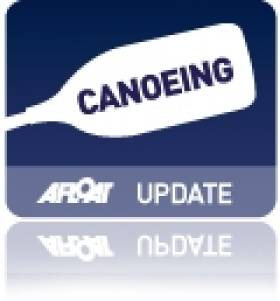Displaying items by tag: East Coast Canoe Trail
New Canoe Trail Completes Northern Ireland Coastal Route
#CANOEING - Top junior surf kayaker Andy McClelland was on hand this week for the official opening of Northern Ireland's East Coast Canoe Trail, as the Carrick Times reports.
The new route - running for 70 nautical miles from Strangford Village at the mouth of the Ards Peninsula to Waterfoot on the Co Antrim coast, and passing the renowned Glens of Antrim and Belfast Lough - completes a series of trails that follows the entire Northern Irish coastline.
McClelland, who was victorious in the Surf Kayak Junior World Championships in North Carolina last October, described the trails as "a real feather in our cap in terms of visiting kayakers as there are few other countries in the world which can rival the canoeing facilities we now have here in Northern Ireland.”
The launch of the East Coast Canoe Trail comes almost a year after the introduction of the Foyle Canoe Trail and the 'kayaker's dream' South East Canoe Trail, as previously reported on Afloat.ie.
The route is completed by the North Coast Canoe Trail, highlighted on BBC TV last year, which takes in such remarkable sights as the Giant’s Causeway and Carrick-a-rede Rope Bridge.
Waterproof guides for both trails are available free from from local tourist information centres or online from CanoeNI.com. The website also features detailed online mapping and charts of the routes.
The Carrick Times has more on the story HERE.





























































